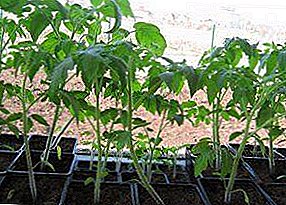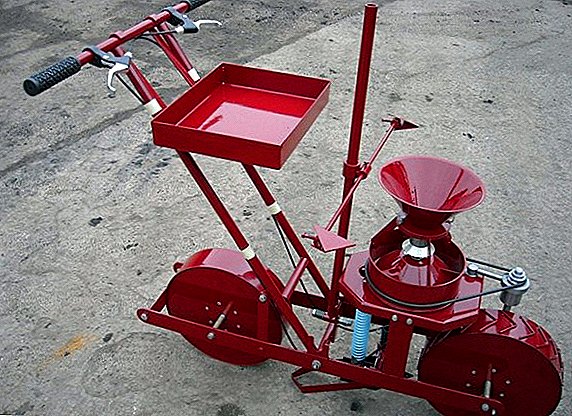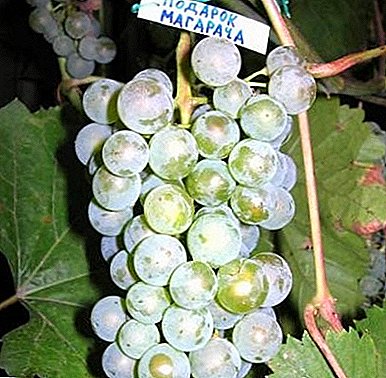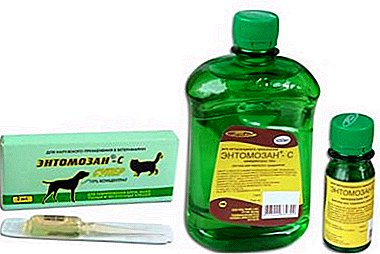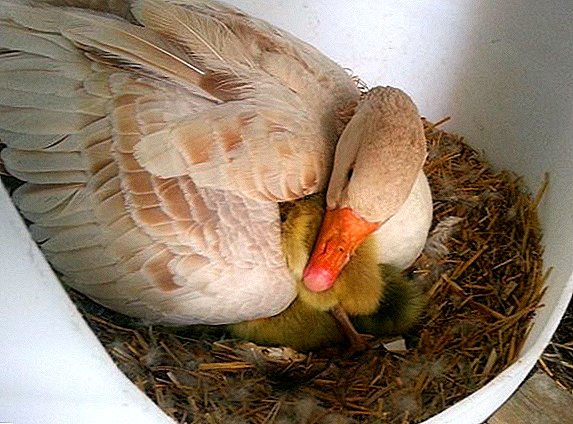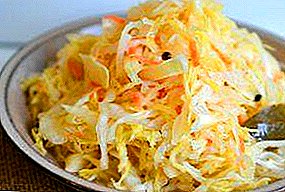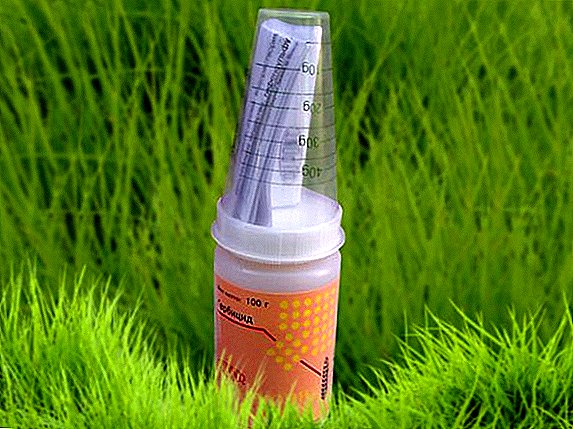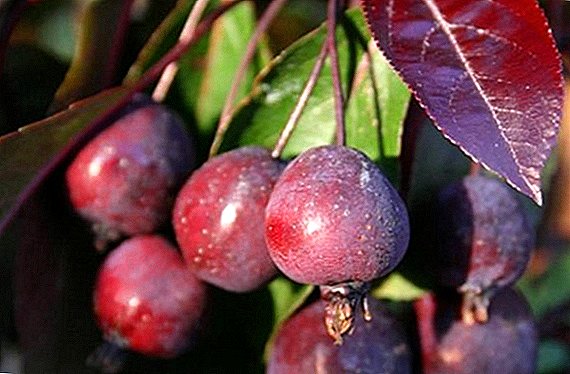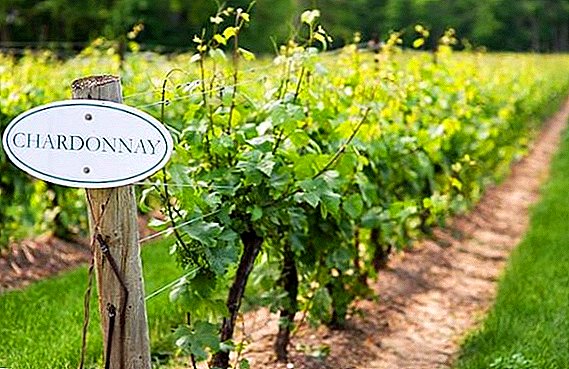 The white Chardonnay grape variety is universal, as it can be grown in any climatic zone and produce abundant crops.
The white Chardonnay grape variety is universal, as it can be grown in any climatic zone and produce abundant crops.
Moreover, the wine produced from "Chardonnay" in different countries impresses with its unique unique taste.
Homeland and origin of the Chardonnay grape variety
At the moment, scientists could not definitively determine the history of the variety. The origin of "Chardonnay" is associated with the family of varieties "Pinot".
Employees of the University of California, in 1991, conducted a study, through which they found out that this variety was the result crossbreeding "Gue Blanc" and, most likely, "Pinot Noir".  But despite numerous studies, some scientists do not accept this version. Ampelograf from France Pierre Gale is sure that "Chardonnay" is absolutely not connected with other major varietal families.
But despite numerous studies, some scientists do not accept this version. Ampelograf from France Pierre Gale is sure that "Chardonnay" is absolutely not connected with other major varietal families.
There are also disputes over the country of origin, but most researchers believe that Chardonnay is from Rome.
Did you know? It is believed that this variety was ennobled in Burgundy, namely in the village of Chardonnay, from which the name of this variety appeared.
The use of grapes "Chardonnay"
Grape variety "Chardonnay" is one of the most common in the world. It is grown in Asia, Europe, Australia, South Africa, South and North America. Everywhere he gives an excellent result - a white wine, rich in aroma and special taste. Interestingly, in each country, depending on the soil on which the grapes grow and the peculiarities of its preparation, the Chardonnay wine always has its unique taste.
"Chardonnay" fresh, not used, because the dense parts of the pulp and peel make up only 20% of the grapes, all the rest are stones and ridges. Bunches do not have a presentation and weigh a little.
The described variety is used for the production of wine with a variety of fruit notes and a light delicate taste.
Excellent white grapes with table purpose: "Kesha", "Valentine", "Augustine", "Laura", "Bazhena", "Monarch", "Harold", "Arcadia", "Talisman", "Timur".
Characteristics and biological features of grapes
Grapes "Chardonnay" has a description as a Western European variety. It is the basis for white and sparkling wines.  Despite the fact that Chardonnay can grow on any soil, it is very responsive to weather conditions, the actions of the winemaker and storage conditions that may affect the taste of the wine, and the result will be unpredictable.
Despite the fact that Chardonnay can grow on any soil, it is very responsive to weather conditions, the actions of the winemaker and storage conditions that may affect the taste of the wine, and the result will be unpredictable.
In hot summer, grapes need frequent watering, which drip irrigation can do very well.
Important! The rule of planting this variety: in countries with a cool climate, the bushes are planted at a short distance from each other, and in a hotter climate, the landing should occur at a great distance.
Description of the bush
Grape bushes are vigorous or medium strong. Shoots - not knotty, brown.
The leaves have a bright green color with well-drawn veins. On the reverse side of the sheet plate slightly pubescent, lighter shade. The sheet consists of five blades, which have cloves on the ends. In the fall, they all become yellow-lemon color and dry around the edges. 
Description of bunches
Bunches of grapes - conical or cylindrical, medium density. They have a loose structure due to the fact that the ovaries fall early. The average size of bunches (up to 12 cm long and up to 10 cm wide) weighs up to 100 grams.
Description of berries
This variety is characterized by berries of white-green color with a golden side and white bloom. Peel may be covered with brown dots. The shape of the berries is round, slightly elongated. Grapes weigh up to 15 grams, the skin is dense and thin. Inside the berries are 2 or 3 bones. The pulp has a characteristic fruity rich aroma and juicy taste.
Did you know? Only 3 types of grapes are suitable for making real French champagne, one of which is Chardonnay.
Frost resistance
The Chardonnay white grape variety is moderately resistant to winter frosts (up to -20 ° C), but it is very sensitive to frosts in the spring, so it is necessary to take measures to insulate the bushes. They should be sheltered regardless of the climate in which the grapes grow.
Resistance to pests and diseases
In windy weather, low temperatures in spring and rains at the beginning of summer, shedding of flowers and plant ovaries may occur.
In order for the grapes not to suffer from diseases caused by overwetting, it is recommended to plant them in a well-ventilated area (“Chardonnay” may be affected by oidium and mildew).
Mildew - This is a type of parasitic spore-carrying fungus, which cannot be identified in the first days of the damage to the plant.
When infected with a fungus, there are processes perceived as a lack of mineral fertilizers, soil poverty or the appearance of infectious chlorosis.  During the season, up to 8 cycles of the disease develop. Infection can occur already at a temperature of + 8 ° C, in the spring the spores of the fungus germinate and with increasing humidity burst, and passing on to the plant, they invade the tissues. This is the process of primary infection.
During the season, up to 8 cycles of the disease develop. Infection can occur already at a temperature of + 8 ° C, in the spring the spores of the fungus germinate and with increasing humidity burst, and passing on to the plant, they invade the tissues. This is the process of primary infection.
When infected with mildew:
- Brighten the leaves, forming a dirty yellow transparent spots - typically oil.
- Young leaves have small lesions, rounded up to 1 cm, and older ones are angular or elongated, which spread along the veins of the plates.
- The whole bush is affected: shoots, buds, berries, leaves.
- There is a slowdown in the growth of the bush, the affected leaves fall.
How to prevent infection:
- Organize good drainage and drip irrigation.
- In time to feed the plants.
- Remove weeds, trim dry parts of the plant, form a bush in such a way that there is good breathability and the plants quickly dry out after the rain.
- Spraying chemicals to prevent mildew.
- Spraying should be carried out 2 times per season: in the spring and after harvesting.
Each spraying should be divided into 6 stages:
- The appearance of sheets.
- Before flowering.
- After flowering.
- Before the formation of the ovary.
- When the shoot reaches 12 cm.
- After the first feeding.
- Radomil;
- Amistar;
- "Avixil";
- Thanos;
- "Profit".
Learn how to properly prepare cuttings and propagate this way in grapes, as well as how to grow it from the seed.
Oidium - it is powdery mildew, the most common fungus that infects grapes.
By damaging the green parts of the plant and berries, it makes them unsuitable for winemaking.  Signs of infection:
Signs of infection:
- In the spring of young shoots and leaves are covered with a white bloom, twisted and dried. With a strong defeat, the tissues become dark in color and soon die.
- In summer, the blooming is showered; the ovary of the berries is covered with dark bloom. There is a cracking of berries, their rotting.
Methods of struggle:
- Spraying for prevention 2 times per season: in the spring and after harvest.
- Each treatment must be divided into parts (up to 6 stages), with an interval of 20 days.
Important! When ripe berries nno spraying. To suspend the defeat, at this time it is recommended to use a solution of potassium permanganate (5 grams per 10 liters of water).
Preparations for the treatment:
- "Horus";
- "Fast";
- "Topaz".
Pros and cons varieties
Merits varieties are:
- The presence of a large number of varieties of clones.
- High quality wine materials.
- High resistance to dry periods.
- Relatively high resistance to frost.
disadvantages varieties:
- Low (about 40%) yield.
- Low resistance to fungal diseases.
- Berries are prone to cracking and rotting.
- The need for fertile soils.
- High probability of damage by spring frosts.
"Chardonnay" is a unique variety, which produced an incredible amount of high-quality and unique wines.


